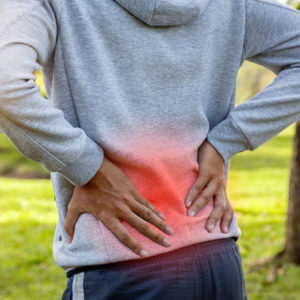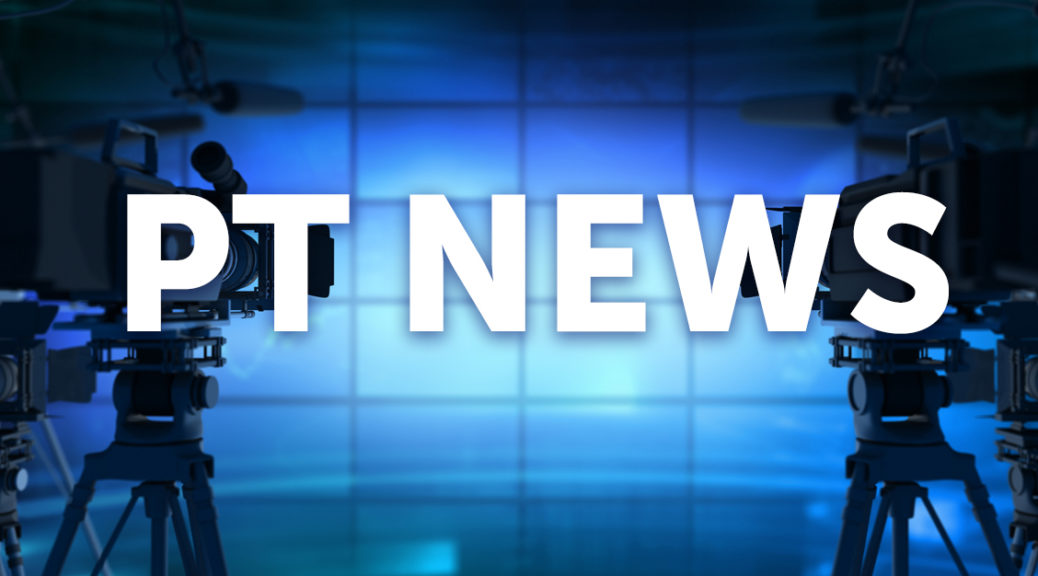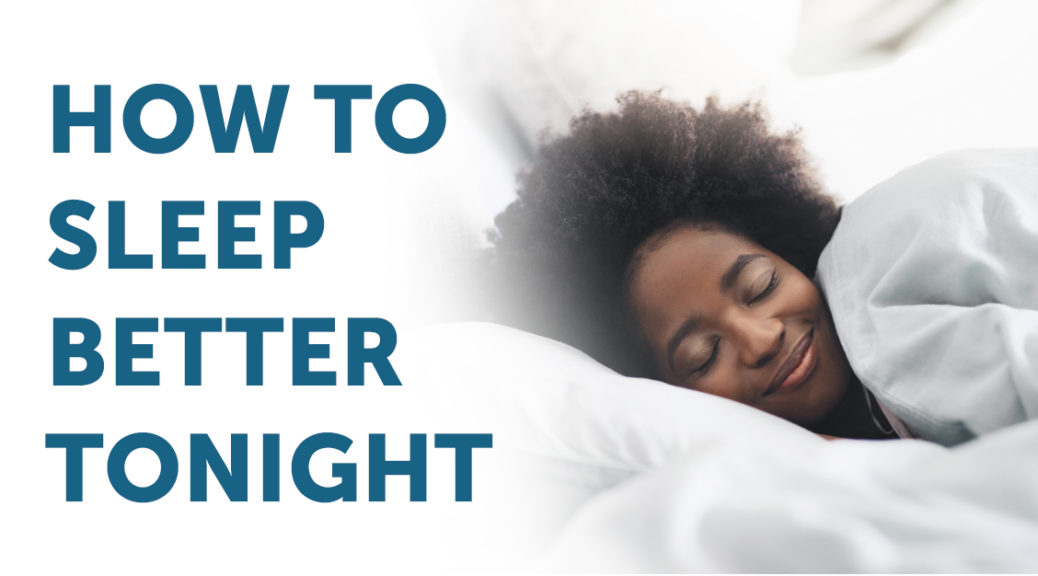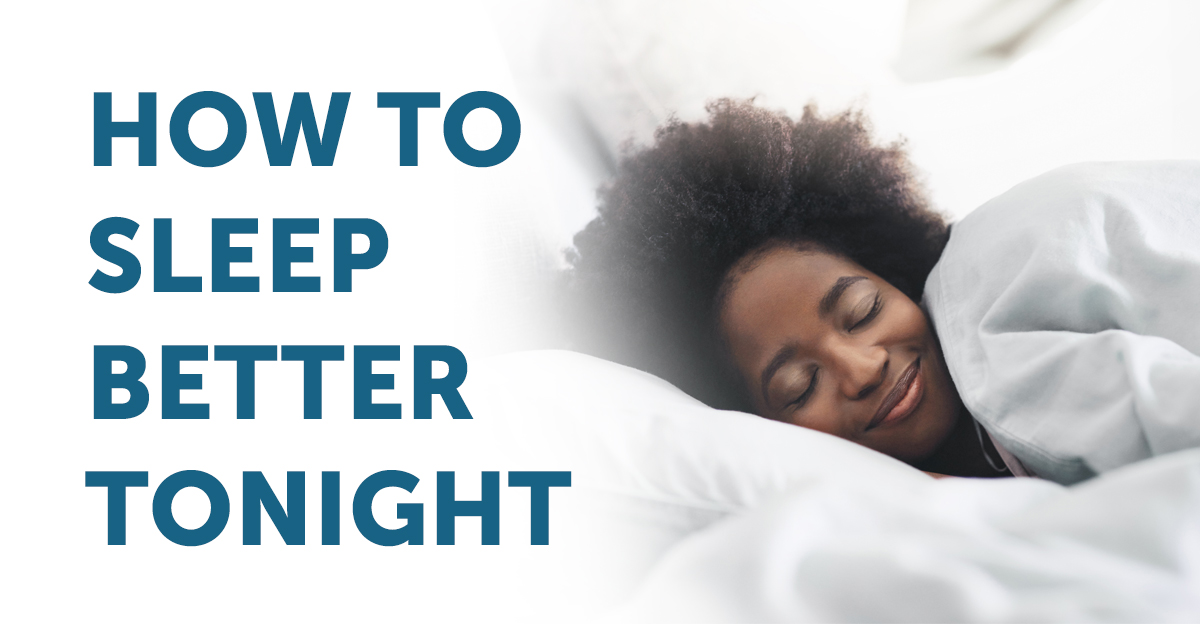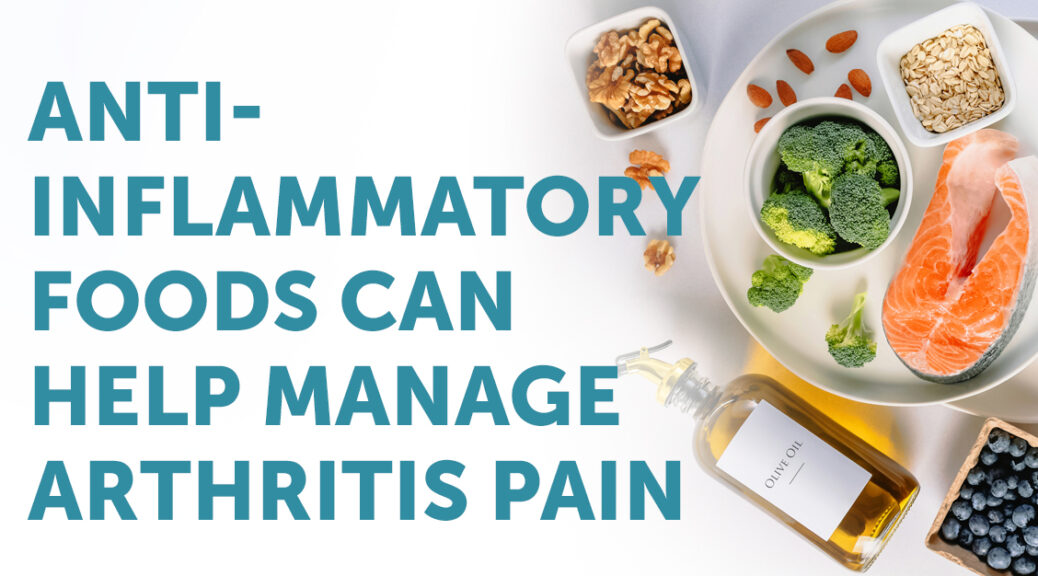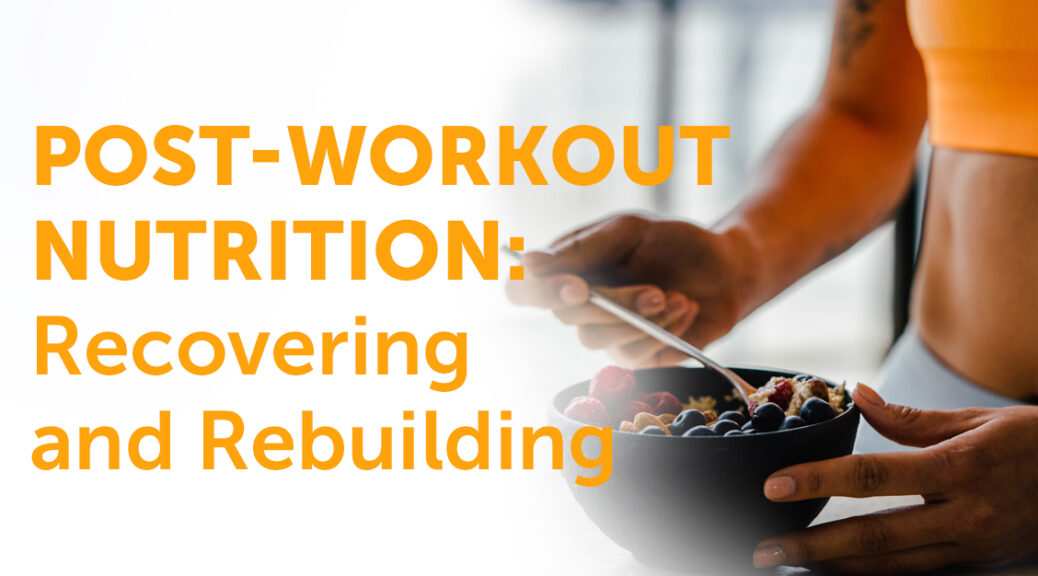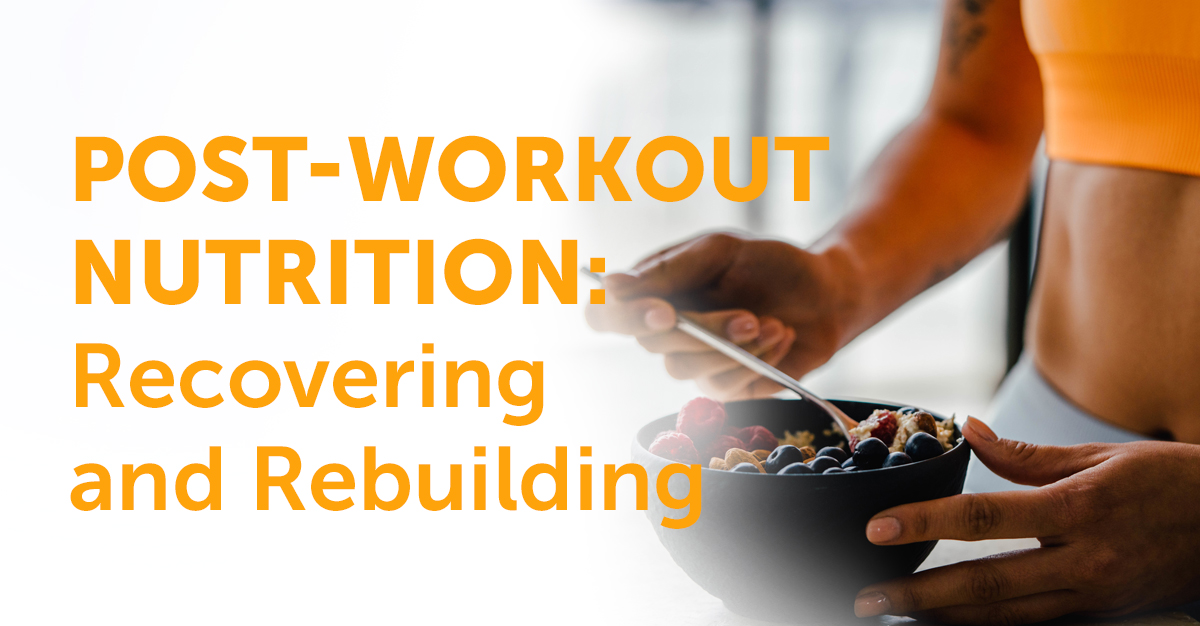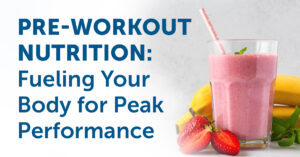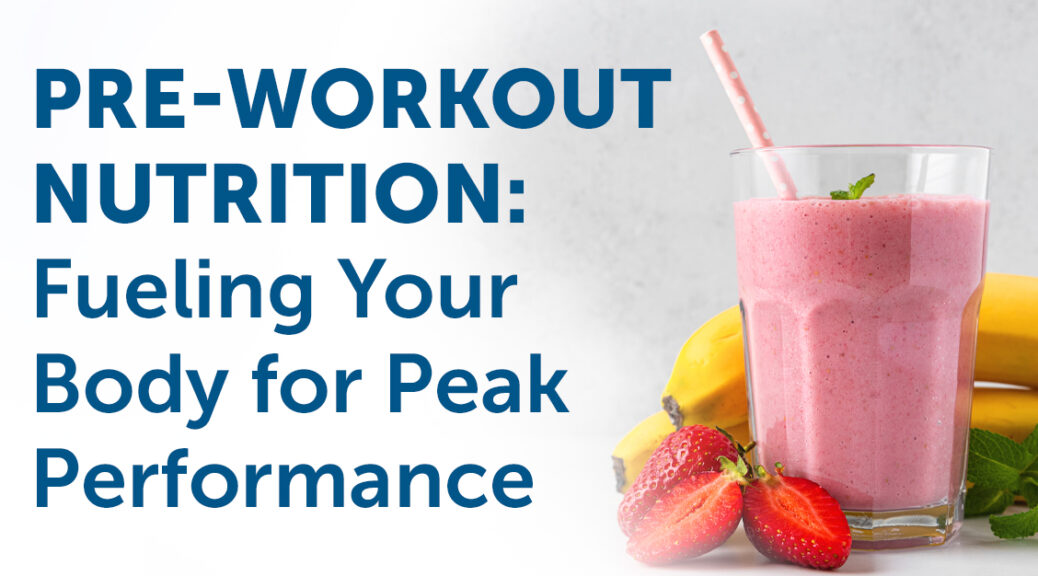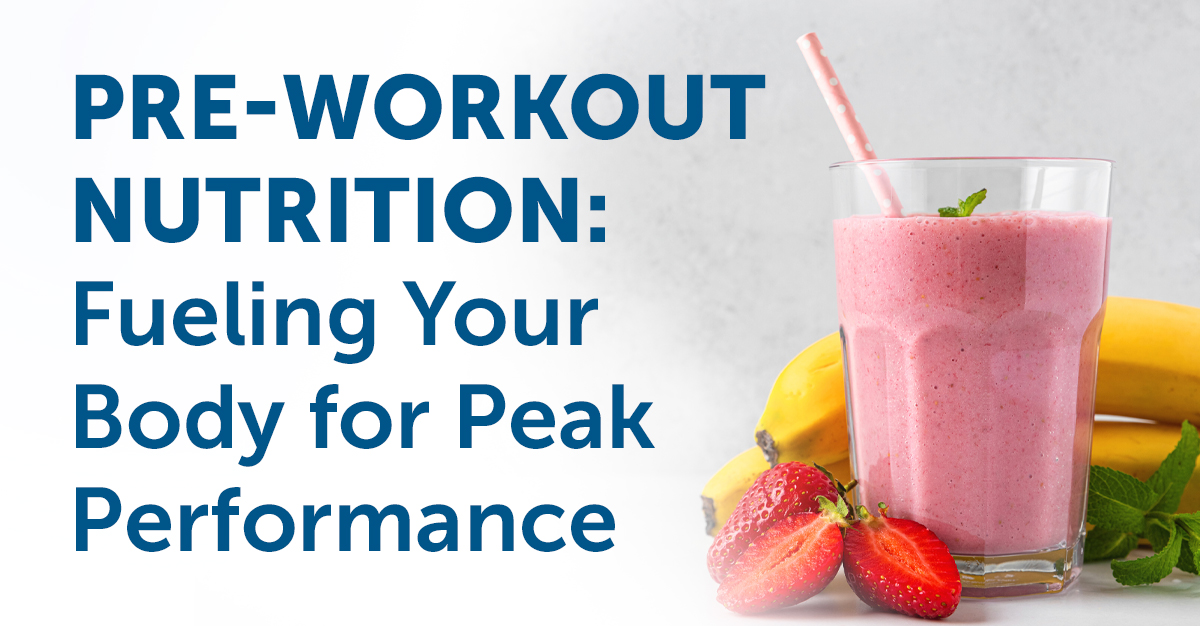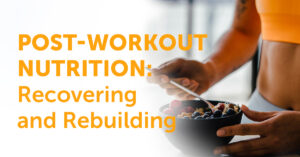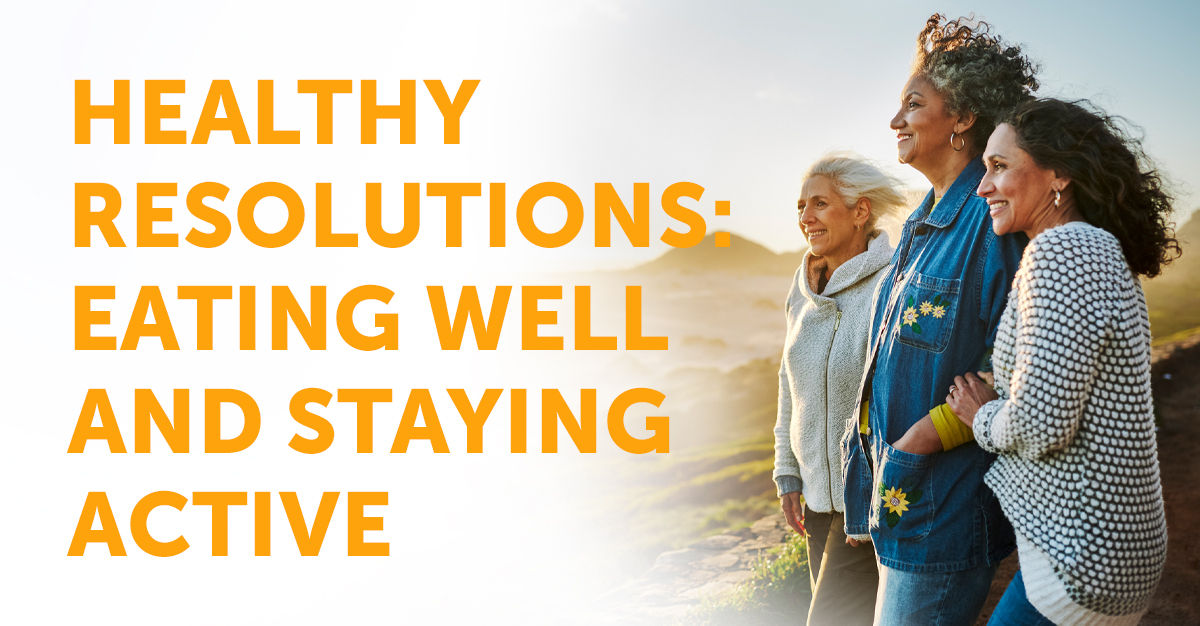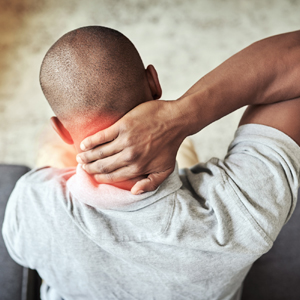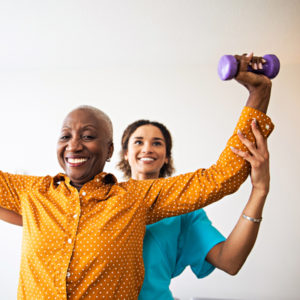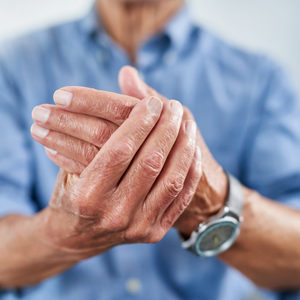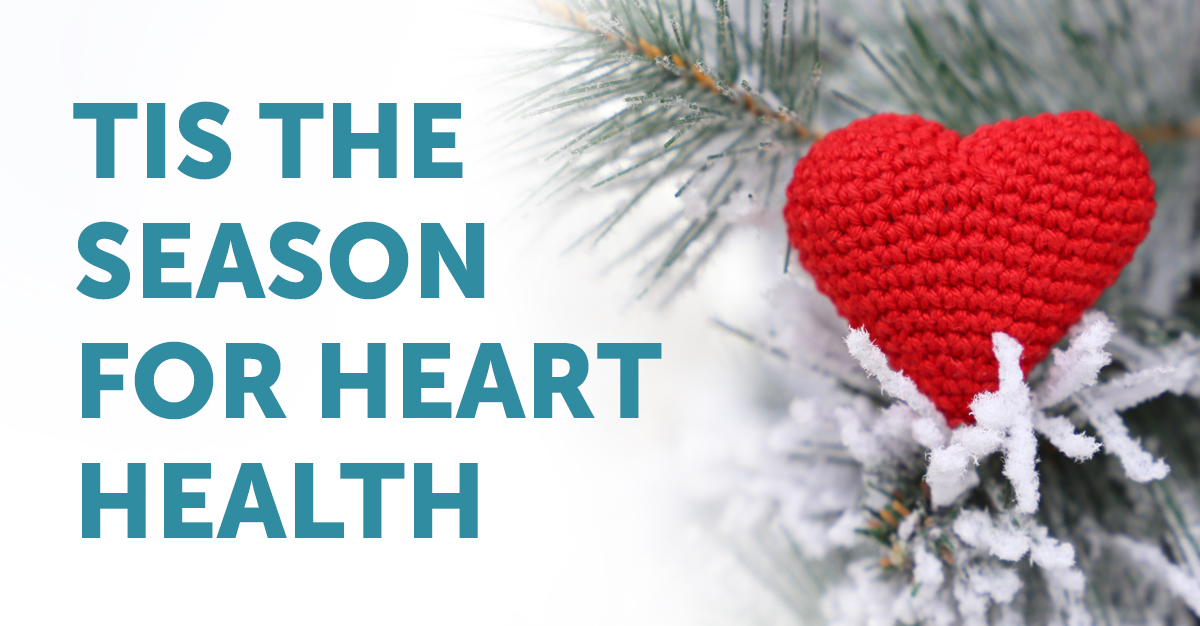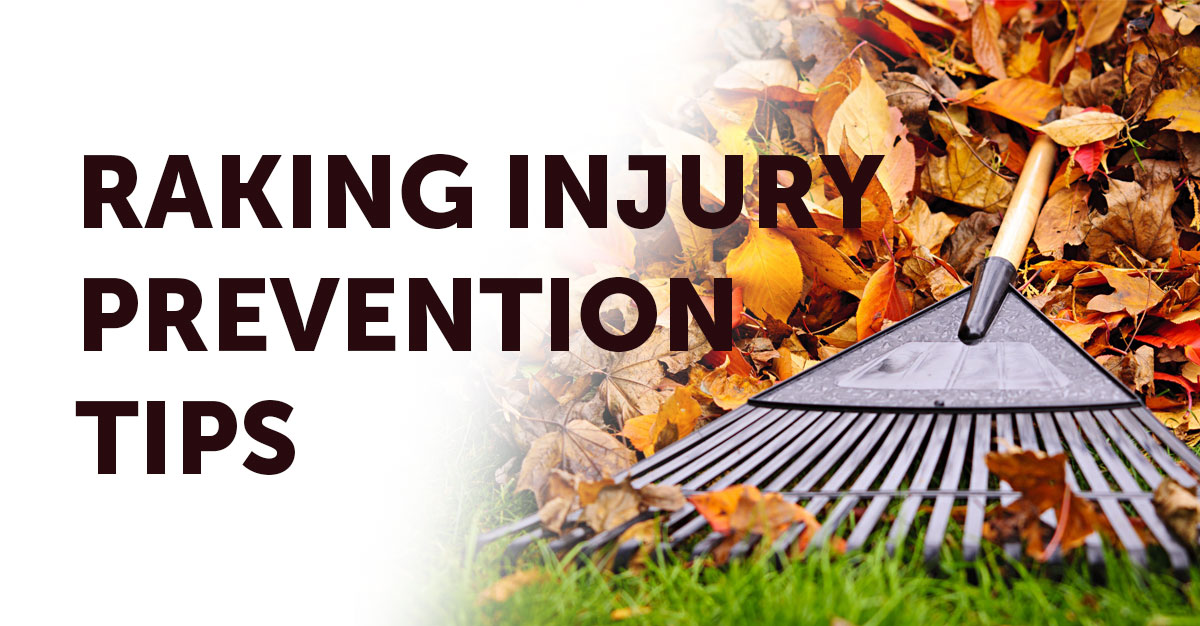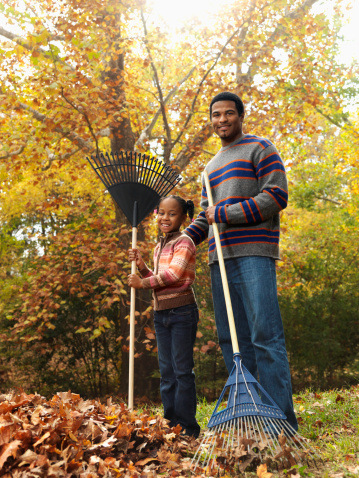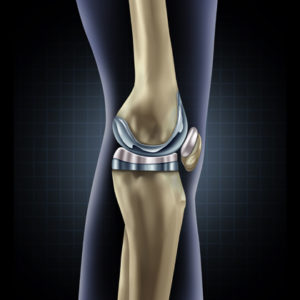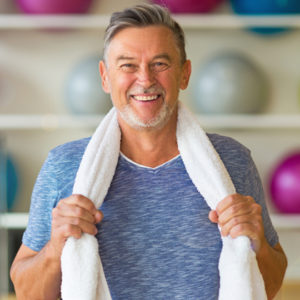
People who experience arthritis know it can be a pain and just how frustrating the inflammation can be. Inflammation is your body’s natural response to stress, infection, or injury, but when it goes unchecked, it can wreak havoc on your joints and other parts of the body. The good news? Anti-inflammatory foods can help manage arthritis pain. Here are a few that can be beneficial and can easily be added to your diet:
What Foods Can Best Help Manage Arthritis Pain
There are a wide variety of fruits, vegetables, and proteins that can help manage arthritis pain. These include Brussels sprouts, berries, fish, and more. We’ll go through a some of our favorites.
Cruciferous Vegetables
You might not always think of veggies as pain relievers, but cruciferous vegetables like broccoli, Brussels sprouts, cauliflower, and cabbage pack a punch when it comes to reducing inflammation. They contain a compound called sulforaphane—a form of sulfur that can reduce inflammation by targeting harmful free radicals and cell damage by as much as 73%! So, next time you’re putting together a meal, throw some of these veggies on your plate and give your body a natural boost.
Aloe Vera Juice
Aloe vera is probably most famous for its soothing, cooling effects when applied topically, but did you know that drinking aloe vera juice can help with inflammation, too? One study found that consuming it in moderation “led to the greatest decrease in inflammatory mediators and arthritis symptoms.” Adding a few spoons to your daily smoothie can give your body a little extra support when you’re feeling that familiar ache. If you’re looking for a refreshing way to calm your joints, aloe vera juice might be just what you need.
Wild-Caught Fatty Fish
If you’re trying to reduce inflammation, wild-caught fatty fish like salmon, sardines, and cod liver should definitely make their way onto your grocery list. These fish are packed with omega-3 fatty acids, which are essential for reducing inflammation. It’s all about balancing the omega-3 to omega-6 ratio in your body, and when it’s out of balance, it can make your inflammation worse. By adding more omega-3s into your diet, you’re helping to bring that balance back into check. Plus, these fish are not just great for your joints, but they also provide a healthy dose of protein and essential vitamins.
Flaxseed
You might think of flaxseeds as just a trendy addition to smoothies, but they have some serious anti-inflammatory powers. Studies show that flaxseeds can help reduce arthritis pain, morning joint stiffness, and improve overall physical health. One study even compared flaxseed to fish oil and found that flaxseed performed significantly better. So, whether you sprinkle them on your morning oatmeal or mix them into your smoothie, adding flaxseeds to your diet could make a real difference in how you feel.
Berries
Berries aren’t just delicious, they’re also packed with anthocyanins, which are antioxidants that help fight oxidative stress and inflammation. The darker the berry, the more anthocyanins it tends to have, so go for purple or red options like blueberries, strawberries, or elderberries. Elderberries, in particular, are loaded with vitamin C and zinc, two nutrients that help support immune function and fight inflammation. If you want to sweeten up your anti-inflammatory diet, berries are an easy and tasty way to do it!
Turmeric
While it may seem counterintuitive, adding a spice to your diet may improve pain control in people with arthritis. This vibrant yellow spice contains a compound called curcumin, which has been shown in hundreds of studies to reduce inflammation. In fact, one study found that turmeric in higher doses worked similarly to ibuprofen in reducing inflammation.
These Anti-inflammatory Foods Can Help Manage Arthritis Pain. Diet, paired with exericse or physical therapy, can help patients get back to living as normally as possible. It’s always a good idea to talk with your healthcare provider before making any significant changes to your diet or exercise routine, but with a little effort and some tasty food choices, you can make your arthritis pain management plan more effective than ever.

Written by Vanessa Delgado, B.S. in Human Nutrition and Foods

